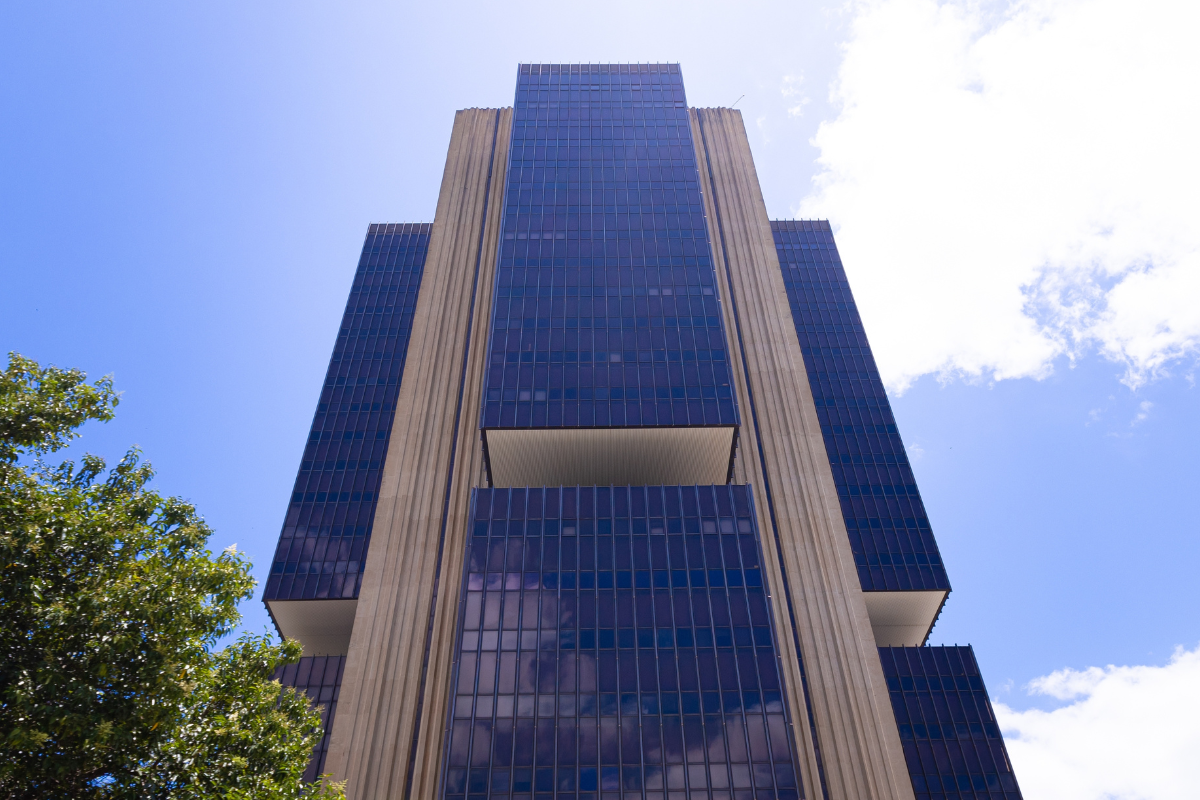Confirming an expected scenario, the Central Bank’s financial stability report, released this Thursday, shows that the risk appetite of financial institutions fell in the first half of the year, as well as the supply of credit to families and companies, as a result of the restrictive monetary policy and the increase in default rates.
Banks also increased their provisions, which, while contributing to the resilience of the Brazilian system, led to a slowdown in their portfolio profitability by 6 percent in the 12 months through June. “The good news is that financial institutions are improving their credit analyses and, consequently, the quality of their portfolios,” said the Central Bank’s oversight director, Aílton Aquino.
While the growth of real estate and payroll credit lines remained more or less stable for individuals, the active credit card portfolio has slowed sharply due to the banks’ more conservative approach, from around 30 percent per year in December 2022 to 15 percent in June. As a result, credit card stock also slowed, reaching BRL 505 billion – around 2 percent growth from December last year, compared to a 26 percent increase between the previous half-year periods.
Amid the heated debate over the need for congressionally mandated regulations on revolving credit by January 2024, data from the Central Bank’s report shows how much credit cards have weighed on family budgets, especially in the post-pandemic period.
The burden of credit cards on personal income rose from 23.6 percent in 2019 to 30.7 percent last June. “We clearly see that credit cards have taken an important share of families’ income. It is not surprising that the current discussion on article 28 of the law that created Desenrola, the federal government’s debt renegotiation program, says that the market needs to find a solution to revolving credit interest rates,” Mr. Aquino commented.
In the case of companies, there was also a decline in new lending but an improvement in the share of “problem assets” — those overdue more than 90 days — except for micro and small enterprises, segments where problem assets accounted for 16 percent and 12 percent of the total in June, respectively. “This is a warning sign for the system as the high indebtedness of these firms continues to manifest itself in the materialization of credit risk and there is no sign of this changing in the short term,” Mr. Aquino warned.
In the report, the Central Bank reiterated that it does not see any risks for the Brazilian financial system related to the increase in Fed interest rates in the U.S., or other external factors. Capitalization levels, liquidity, and provisions — well above the risk of individual and corporate loan portfolios — are adequate, “putting the Brazilian financial system in a comfortable position to face more extreme situations,” Mr. Aquino said.
On Monday, Fed board member Lisa Cook said at a university event that an unexpected and sharp rise in interest rates could lead to greater volatility in financial markets, strains on market liquidity, and downward pressure on asset prices.
“Any shock could make the situation worse than we’re already in … and could be destabilizing to commodity markets, could be destabilizing to the credit system,” she said, citing geopolitical tensions from conflicts between Israel and Palestine to Ukraine and Russia. In this global scenario, persistent inflationary pressures in some regions and a more pronounced slowdown in China would also be risk factors.
For Mr. Aquino, however, Brazil is prepared for any shock. “Stress tests have shown the robustness of our system.” According to him, because of the Brazilian market’s low exposure to external financing (15 percent), any adverse scenario in which institutions and companies find it more difficult to raise funds abroad would not have a significant impact on the system as a whole.


 Search
Search






































